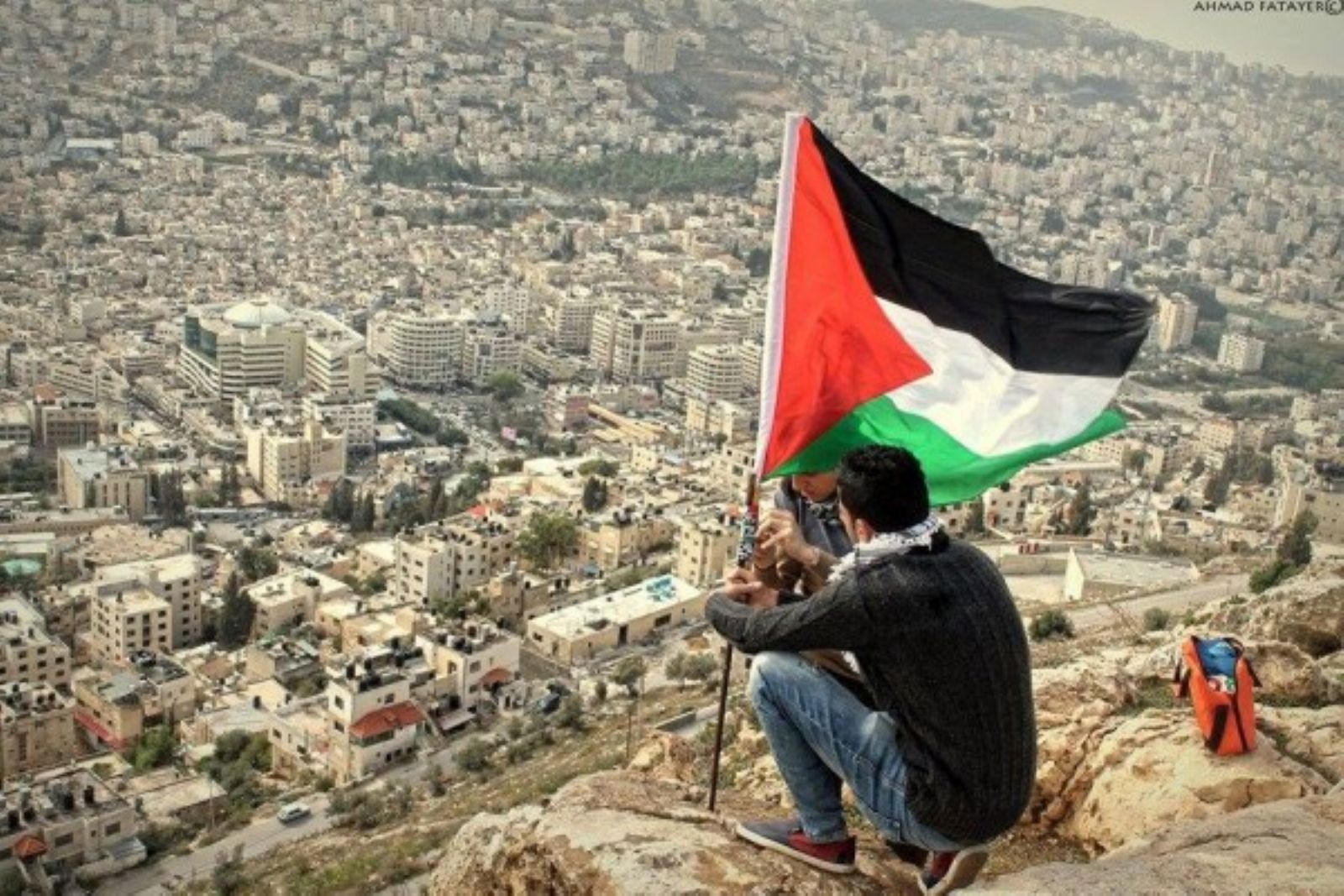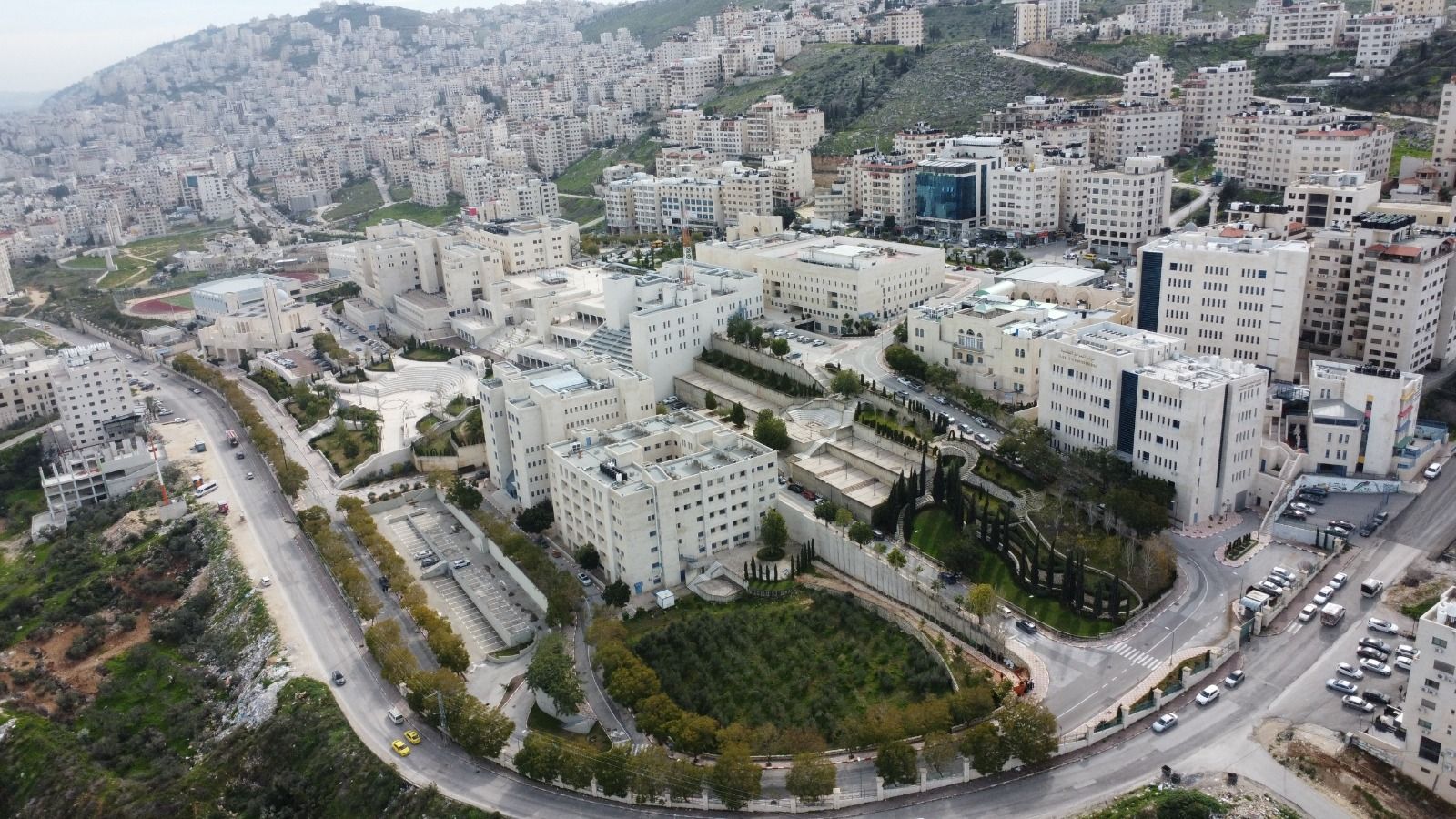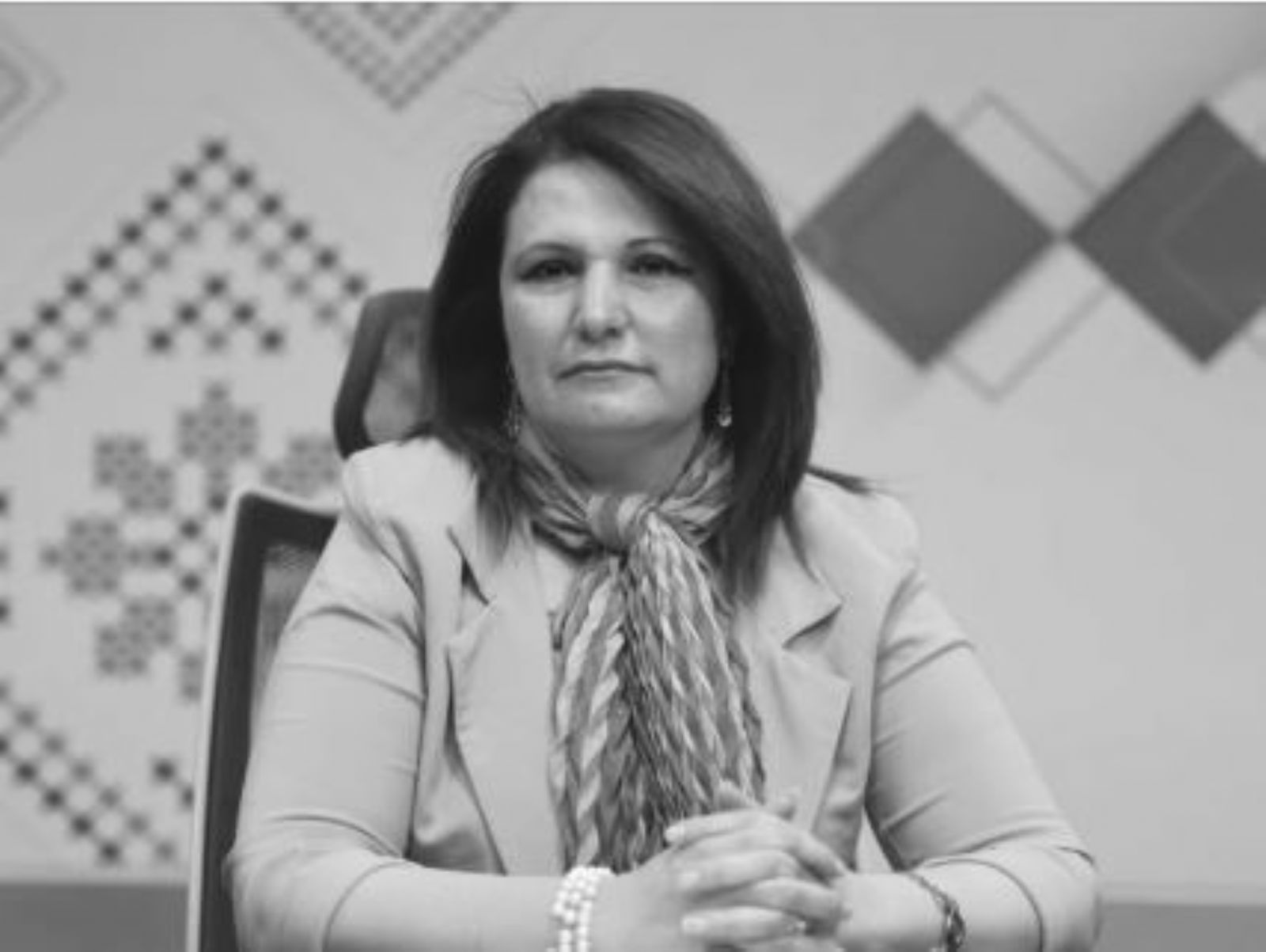
The Palestinian Central Bureau of Statistics (PCBS) and the National Council for Population has issued a breakdown of the Palestinian population for World Population Day.
The estimated population in Palestine as of mid-2017 is 4.95 million
Based on estimates prepared by the PCBS, which were reached in accordance with the results of the general census of the population, housing units and establishments in 2007, the estimated population in Palestine as of mid-2017 is approximately 4.95 million.
Of this 2.52 million are male and 2.43 million are female. The estimated population in the West Bank is about 3.01 million, including 1.53 million males and 1.48 females, while the population in Gaza is estimated to be over 2 million, including
approximately 988,000 males and 956,000 females.
The Palestinian community in the Gaza Strip is younger than in the West Bank
As of mid-2017 children of 14-years-old and below make up 38.9 per cent of the total population in Palestine with 36.6 per cent in the West Bank and 42.6 per cent in the Gaza Strip.
The number of Palestinians who are 65-years-old and over has dropped. They make up an estimated 2.9 per cent of Palestinians with 3.3 per cent in the West Bank and 2.4 per cent in the Gaza Strip.
High population density in the Gaza Strip
The population density in Palestine is high in general, particularly in the Gaza Strip. The estimated population density for 2017 has reached nearly 823 individuals per km2 in Palestine, amounting to 532 individuals per km2 in the West Bank and 5,324 individuals per km2 in the Gaza Strip.
High fertility rates in the Gaza Strip
Based on the results of the Palestinian Multiple Indicator Cluster Survey in 2014 the total fertility rate in Palestine as a whole has declined to 4.1 births between 2011 and 2013 compared to 6.9 births in 1997.
The fertility rate in the West Bank between 2011 and 2013 was 3.7 births compared to 5.6 births in 1997. However, in the Gaza Strip, the birth rate reached 4.5 births between 2011 and 2013 compared to 6.9 births in 1997.
Expected decrease in birth and mortality rates in Palestine between 2016 and 2020
Population projections indicate that the total birth rate in Palestine would fall from 30.9 births per 1,000 individuals in 2016 to 29 births per 1,000 individuals in 2020. Mortality rates are also expected to decline in Palestine from 3.5 deaths per 1,000 individuals in 2016 to 3.4 deaths per 1,000 individual in 2020.
Decline in average household size
There has been a decline in the estimated average household size in Palestine from 6.4 members in 1997 to 5.2 members in 2016.
The average household size in the West Bank dropped to 4.8 members in 2016 compared to 6.1 members in 1997. In the Gaza Strip the average family size dropped to 5.7 members in 2016 from 6.9 members in 1997.
1 in every 10 families are headed by a woman
Data from the Labour Force Survey in 2016 indicates that 11 per cent of households in Palestine are headed by females, amounting to 12 per cent in the West Bank and 9 per cent in the Gaza Strip.
Households headed by females are usually relatively small, as the average size of households headed by females in 2016 had three members, compared to the average of 5.7 members making up households headed by men.
Low female participation in the work force compared to men in the first quarter of 2017
The results of the Labour Force Survey indicate that the percentage of Palestinians in the work force has reached 45.8 per cent during the first quarter of 2017.
This amounts to 45.8 per cent in the West Bank compared to 45.7 per cent in the Gaza Strip. Moreover, the percentage of females in the work force is considered low compared to the percentage of males, as the percentage of female participation is 19.4 per cent, amounting to 17.6 per cent in the West Bank and 22.3 per cent in the Gaza Strip, while men make up 71.6 per cent of the work force, amounting to 73.3 per cent in the West Bank and 68.6 per cent in the Gaza Strip.
Over a quarter of those participating in the work force are unemployed during the first quarter of 2017
Data indicates that the percentage of unemployed individuals amongst the work force during the first quarter of 2017 reached 27 per cent in Palestine, amounting to 18.8 per cent in the West Bank and 41.1 per cent in the Gaza Strip.
The unemployment rate in Palestine amongst females in the workforce has reached 46.6 per cent compared to 21.9 per cent of males.
Nearly 9 per cent of individuals aged 15 and above have not completed any educational stage
Data from 2016 regarding the level of education in Palestine indicates that the percentage of individuals aged 15 and above who completed a Bachelor’s degree or higher has reached 14 per cent, while those who have not completed any educational level amount to 9 per cent.
Illiteracy amongst women is 3.5 times higher than amongst men
Data from 2016 indicates that the illiteracy rate amongst individuals aged 15 and above in Palestine has reached 3.1 per cent, but this percentage varies considerably between men and women. The percentage of illiterate men is 1.4 per cent while it reached 4.8 per cent amongst women.
Over ¾ of Palestinian families lived in owned property
The percentage of Palestinian families living in homes owned by a family member was around 77 per cent in 2016, amounting to 79 per cent in the West Bank and 72 per cent in the Gaza Strip. The percentage of families living in rented properties in Palestine was 9 per cent of families, amounting to 9 per cent in the West Bank and 7 per cent in the Gaza Strip.
88 per cent of Palestinian families’ main source of water is a public water system
Eighty-eight per cent of Palestinian families live in properties receiving their main water source from a public water system. This amounts to 83 per cent in the West Bank and 94 per cent in the Gaza Strip. Data for 2016 indicated that nearly all the families in Palestine live in properties connected to the public electricity network in the West Bank and the Gaza Strip.
Over half of Palestinian households live in housing connected to a sewage network
Of Palestinian households 37 per cent live in properties connected to cesspits or wastewater disposal, amounting to 56 per cent in the West Bank and 9 per cent in the Gaza Strip whilst 62 per cent of Palestinian households live in properties connected to a sewage network, 43 per cent in the West Bank and 91 per cent in the Gaza Strip.








